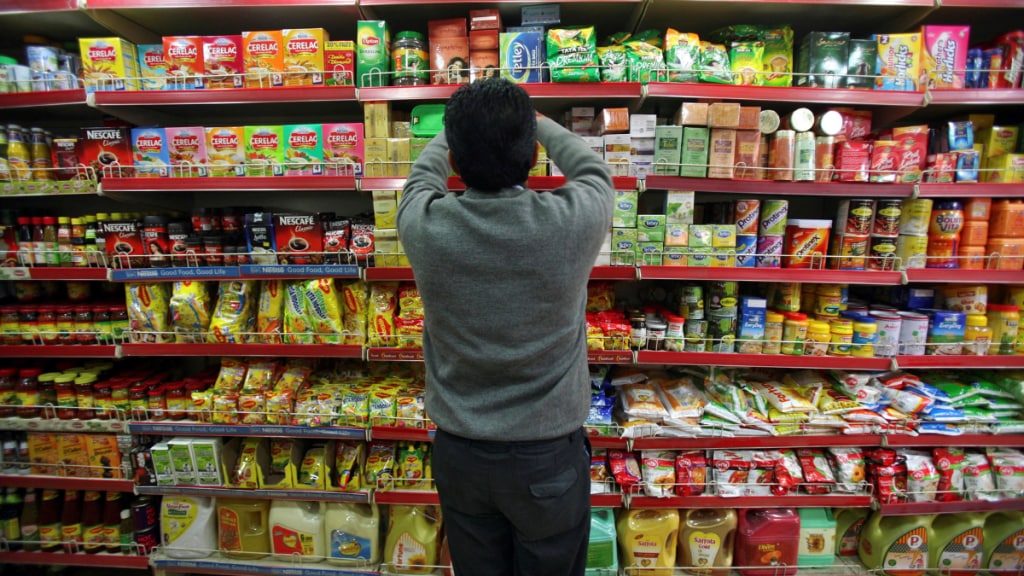The Rs 5-trillion fast-moving consumer goods (FMCG) market is likely to see an overall volume growth of 5% in the 12 months ending March 2025 versus 4% in FY24, led by a revival in rural areas, research firm Kantar said on Thursday in its latest outlook on the market.
Kantar refers to the ongoing and previous fiscals as MAT March 2025 and MAT March 2024 — the moving annual total over each 12-month period. The agency did not specify value growth numbers for the period.
Urban volume growth for the ongoing financial year is projected at 4.2%, while rural volume growth is forecast at 6.1%, a trend that is likely to get more pronounced in the coming years, the research agency said. While the urban volume growth for the current fiscal is expected to be flat versus the year-ago period (4.2%), the rural growth rate will be higher by 170 basis points in comparison to the previous year (4.4%). One basis point is one-hundredth of a percentage point.
“Rural has been inching up slowly but steadily. In the March 2024 quarter, for instance, rural overtook urban growth and that trend has stayed in the June quarter. Rural is likely to see better growth levels compared to urban in the remainder of the year,” K Ramakrishnan, managing director, South Asia, Kantar Worldpanel, said.
In its post-results media call on Tuesday, Hindustan Unilever’s (HUL’s) CEO & MD Rohit Jawa said some “green shoots of recovery” were visible in rural areas, though the company was monitoring these markets closely to understand the way forward.
“Market volume growth has been lower than what we would have liked due to the impact of sustained high inflation combined with erratic weather patterns. Consequently, rural growth, which used to surpass urban growth, had lagged behind urban over the last one year. In the last few months, there is some progress in rural areas,” Jawa said.
According to Mohit Malhotra, CEO, Dabur India, “real wage growth is a concern” as it could hurt FMCG consumption in rural areas. “For now, though, we’ve been seeing a revival in rural areas, which we believe will get a fillip with the monsoons which has covered the country,” he said.
A third of the FMCG industry’s sales come from rural areas, though some companies such as Dabur and HUL have a higher rural share, with 40-50% of their sales coming from rural areas, according to sector analysts.
Ramakrishnan said an increase in minimum support prices of crops and good monsoon conditions this year are expected to contribute to the rural recovery. While urban consumption is higher and involves more categories, he said, the growth rate is slowing.
Kantar points to the stress that urban households are feeling in terms of household expenditure. On an average, urban households spent 1.6 times more than rural ones, on expenditure ranging from groceries to utilities, rent and commute in recent quarters.
While the Union Budget has pledged Rs 2 trillion to boost jobs over the next five years; allocated Rs 1.48 trillion for skill development; proposed a one-time wage for first-time employees across sectors and an internship programme for youth apart from increasing allocations for rural development, agriculture and allied services, the impact on consumption will show up with a lag.

